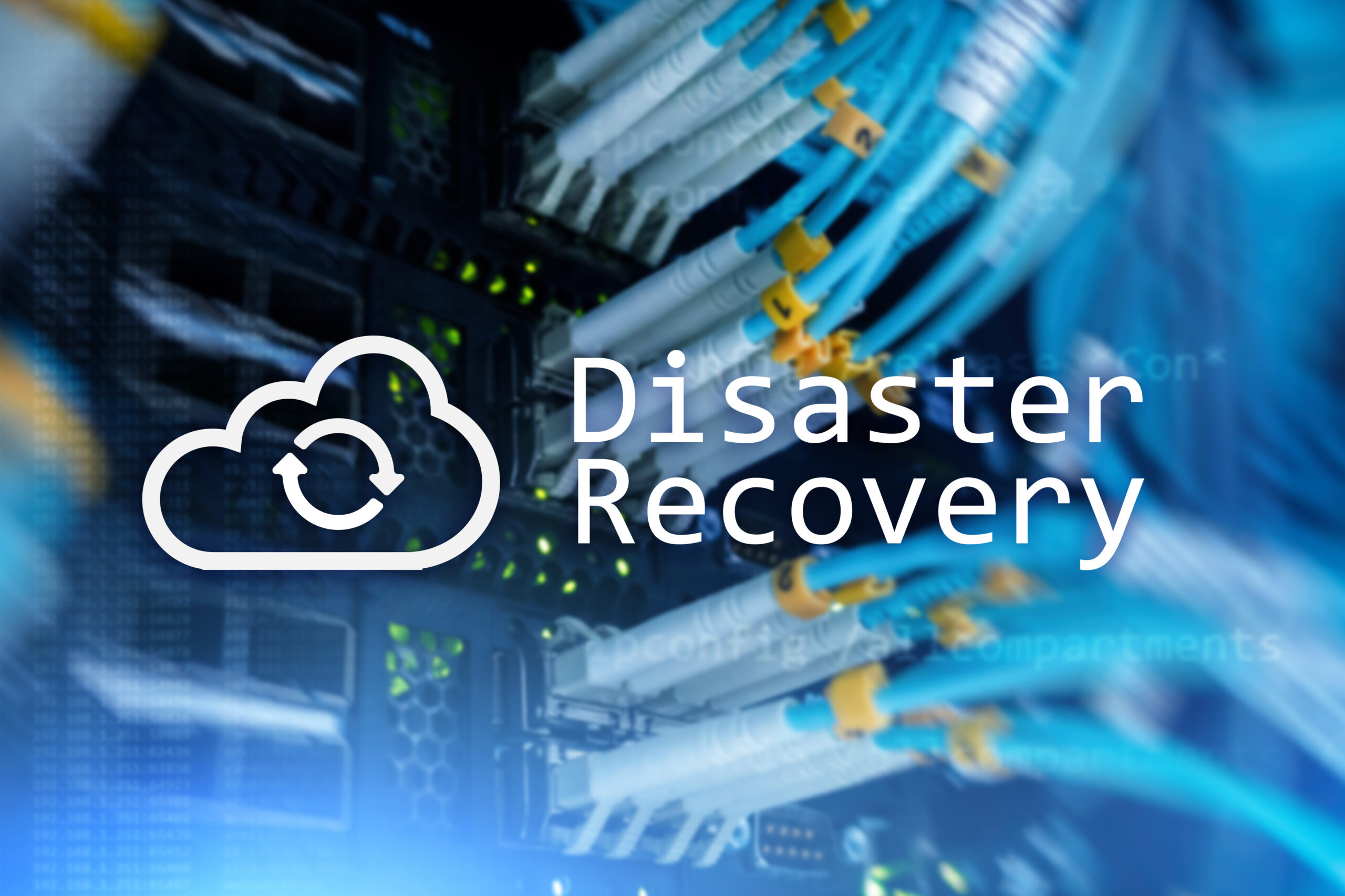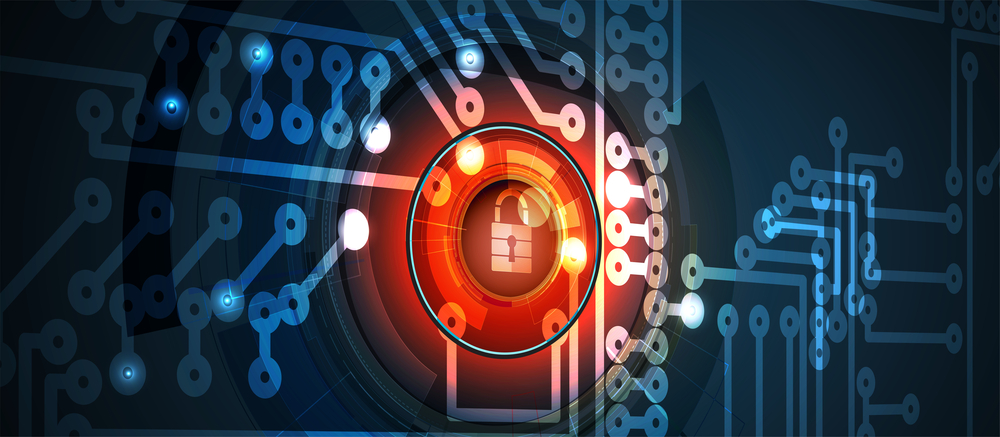Threats to businesses in today’s digital landscape are sophisticated and ever-changing. This means that the old methods of keeping a company safe from cybercriminals are insufficient. Managed Detection and Response (MDR) is where things get interesting. What precisely is MDR, though? In this article, we’ll learn what MDR is and why it’s so important for businesses to use it as a security measure. Gaining knowledge of MDR can help you better protect your company from the constant threat of cybercrime.
What Is Managed Detection and Response (MDR)?
Managed Detection and Response (MDR) represents an all-encompassing cybersecurity solution, integrating cutting-edge technology, threat intelligence, and human proficiency to actively pinpoint, respond to, and resolve cyber threats. Unlike conventional security methods like firewalls and antivirus software, which emphasize prevention, MDR adopts a proactive stance by constantly surveilling networks, endpoints, and cloud setups to detect any unusual activities or aberrant behavior.
How Does MDR Work?
Machine learning, AI, and high-end analytics all work together in MDR to spot security breaches as they happen. Massive volumes of information, including network traffic, logs, and user behavior, are gathered and analyzed in order to spot trends and compromise indications. As a result, MDR service providers are better equipped to spot new threats and counteract them before they do significant harm.
Here is a breakdown of how MDR works:
- Continuous Monitoring: MDR solutions continuously monitor your networks, endpoints, and cloud environments in real time. This allows for the early detection of any potential threats or suspicious activities.
- Threat Intelligence: MDR providers have access to extensive threat intelligence databases that enable them to stay up-to-date with the latest cyber threats and attack techniques. This knowledge allows them to identify and respond to new and emerging threats effectively.
- Detection and Analysis: MDR solutions use advanced analytics and machine learning algorithms to analyze network traffic, log data, and other indicators of compromise. These tools can identify patterns and anomalies that may indicate a potential cyberattack.
- Incident Response: When a potential threat is detected, MDR providers initiate an incident response process. This includes investigating the incident, containing the threat, and remediating any damages. MDR providers work closely with your IT team or internal security personnel to ensure a coordinated response.
- Remediation and Recovery: After the threat has been neutralized, MDR providers assist with the remediation process, helping you restore systems and data to their pre-attack state. They also provide guidance on improving security measures to prevent future incidents.
- Reporting and Analysis: MDR solutions provide detailed reports and analysis on detected threats, incident response actions, and overall security posture . This information is crucial for business owners to understand the effectiveness of their security measures and make informed decisions for future improvements.
What Is The Difference Between Managed Detection and Response and Traditional Security Monitoring?
Traditional security monitoring typically involves the use of security information and event management (SIEM) tools. These tools collect and analyze log data from various sources within an organization’s network, such as firewalls, servers, and endpoints. The logs are then scanned for known patterns and signatures of malicious activity. When a potential threat is identified, an alert is generated, and the security team takes appropriate action.
On the other hand, managed detection and response (MDR) takes a more proactive and comprehensive approach to security. MDR combines advanced threat intelligence, machine learning algorithms, and skilled security analysts to continuously monitor an organization’s network. MDR providers deploy sensors across the network to gather real-time data on various activities, including network traffic, user behavior, and endpoint activities.
What Are The Benefits Of MDR?
There are several benefits to deploying a Managed Detection and Response (MDR) solution for your business:
Enhanced Threat Detection
MDR solutions utilize advanced threat intelligence and machine learning algorithms to detect and identify threats that may go unnoticed by traditional security monitoring systems. This proactive approach helps identify potential breaches and attacks in real-time, allowing for a faster response and mitigation.
24/7 Monitoring
MDR solutions provide round-the-clock monitoring of your network, ensuring that any potential threats are identified and addressed immediately. This constant monitoring helps minimize the time between detection and response, reducing the risk of a successful attack.
Rapid Incident Response
In the event of a cyberattack, MDR providers quickly respond to contain the incident and minimize its impact. Their expertise in threat hunting and incident response allows them to detect, analyze, and remediate threats in a timely manner, reducing the time it takes to identify and contain an attack.
Scalability
MDR solutions are designed to scale with your business needs. Whether you are a small organization or a large enterprise, MDR providers can tailor their services to meet your specific requirements. This flexibility ensures that your security measures are always up to date and able to handle the evolving threat landscape.
Cost-Effectiveness
Investing in an MDR solution can be more cost-effective than building an in-house security monitoring and incident response team. MDR providers have the expertise and resources to handle security incidents efficiently, saving you time and money in the long run.
Improved Compliance
Through continuous monitoring and incident response capabilities, MDR solutions assist businesses in adhering to industry standards and regulatory obligations. By doing this, you may lessen the possibility of fines and reputational harm and maintain your company’s compliance with data protection laws and regulations.
Peace of Mind
By deploying an MDR solution, business owners can have peace of mind knowing that their networks and sensitive data are being monitored and protected by experts. This allows them to focus on other aspects of their business, knowing that their cybersecurity is in capable hands.
What Types Of Threats Can Managed Detection and Response Detect?
- Malware and Ransomware: MDR solutions can detect and prevent the infiltration of malware and ransomware into a business network. These malicious software can cause significant damage to the organization, resulting in data breaches, financial loss, and operational disruptions.
- Phishing Attacks: MDR can identify and mitigate phishing attacks, which are a common tactic used by cybercriminals to trick individuals into revealing sensitive information such as login credentials or financial details. Detection and response mechanisms in MDR solutions can quickly identify and block suspicious emails or websites associated with phishing campaigns.
- Insider Threats: MDR can detect and respond to insider threats, which can be deliberate or accidental actions by employees or contractors that can compromise the security of the business. By monitoring user behaviors and analyzing data, MDR can identify unusual or suspicious activities that may indicate an insider threat.
- Advanced Persistent Threats (APTs): MDR solutions are equipped to detect and respond to sophisticated APTs. These threats involve highly skilled attackers who target specific organizations with the intention of gaining long-term unauthorized access to sensitive data or systems. MDR can detect the signs of APTs and take immediate action to mitigate the threat, preventing further infiltration and potential damage.
- Data Exfiltration: MDR solutions can also detect and prevent data exfiltration attempts, where cybercriminals attempt to steal sensitive data from a business. By monitoring network traffic and analyzing data patterns, MDR can identify abnormal data transfers or suspicious activities that may indicate an attempted data breach.
- Zero-Day Attacks: MDR can detect and respond to zero-day attacks, which are attacks that exploit vulnerabilities in software or systems that are unknown to the public or the software developer. By continuously monitoring for suspicious behavior and leveraging threat intelligence, MDR can detect and respond to zero-day attacks before they can cause significant damage.
- Distributed Denial of Service (DDoS) Attacks: MDR solutions can also detect and mitigate DDoS attacks, where a network or website is overwhelmed with traffic, rendering it inaccessible to legitimate users. MDR can identify the signs of a DDoS attack and take immediate action to block the malicious traffic, ensuring that the business’s online presence remains accessible to customers.
How Much Does MDR Cost?
The cost of implementing an MDR solution can vary depending on several factors, such as the size of your organization, the complexity of your network, and the level of service you require. Generally, MDR services are priced on a subscription basis, with monthly or annual fees. The cost of MDR can range from a few thousand dollars per month for small businesses to tens of thousands of dollars per month for larger enterprises.
Conclusion
In order to protect their businesses in the digital risk environment, company owners must use an MDR solution. With MDR, you can detect, respond to, and prevent a wide variety of cyber attacks with the help of cutting-edge technology, skilled analysis, and constant monitoring. MDR can quickly decrease the risk of unauthorized access to sensitive data or systems by using threat intelligence to detect and respond to advanced persistent threats. Data exfiltration efforts can be detected and blocked by MDR, preventing potentially sensitive data from slipping into the wrong hands.
Final Thoughts
Count on Buzz Cybersecurity for your trusted cybersecurity knowledge. Our strength lies in providing a wide spectrum of cybersecurity solutions, ranging from cloud services to disaster recovery and managed detection and response. We cater to businesses of all sizes, reaching across California and into neighboring states in the US. Contact us today, and let’s cooperate to ensure the security of your digital assets.











